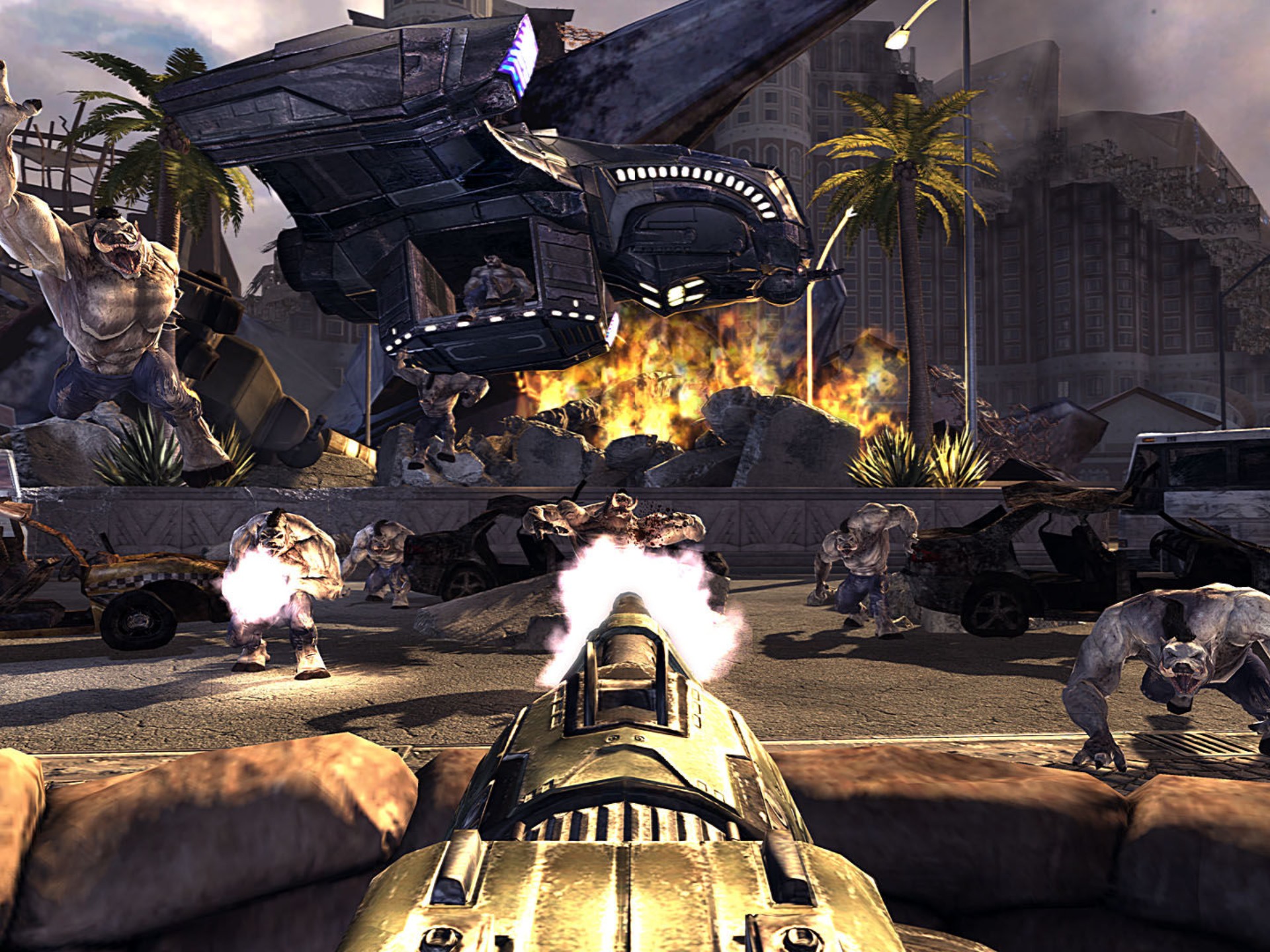Why Its Combat Is a Joy: The Art of Engaging Gameplay
Introduction
Combat in video games is more than just pressing buttons—it's an art form. When done right, it becomes a rhythmic dance of strategy, reflexes, and satisfaction. Whether it's the weight of a sword swing, the precision of a headshot, or the fluidity of a combo, great combat systems make players feel powerful, skilled, and immersed. But what makes combat truly joyful? This article explores the elements that transform virtual battles into exhilarating experiences.
1. Responsive Controls: The Foundation of Fun
A combat system lives or dies by its controls. If inputs feel sluggish or unresponsive, frustration sets in. Conversely, tight, precise controls make every action feel intentional.
- Instant Feedback: Games like Dark Souls and Sekiro thrive on precise parries and dodges—each button press yields immediate results.
- Weight and Impact: God of War (2018) makes Kratos’ axe swings feel heavy, enhancing immersion.
- Fluidity: Devil May Cry 5 allows seamless transitions between attacks, rewarding mastery with stylish combos.
When controls are polished, players feel in complete command, turning combat into a natural extension of their reflexes.
2. Depth and Mastery: The Thrill of Learning
Shallow combat grows stale quickly. The best systems encourage experimentation and reward skill.
- Layered Mechanics: Monster Hunter demands knowledge of weapon types, monster patterns, and positioning.
- Skill-Based Progression: Nioh 2 lets players refine techniques like Ki pulsing and stance switching.
- Emergent Creativity: Elden Ring’s open-ended combat allows unique builds, from spellcasters to dual-wielders.
The joy comes from evolving from a button-masher to a tactician, where every fight feels like a test of growth.
3. Visual and Audio Feedback: Making Hits Feel Real
Great combat isn’t just about mechanics—it’s about sensory satisfaction.
- Hit Reactions: Enemies in DOOM Eternal stagger and explode, reinforcing player dominance.
- Sound Design: The Metal Gear Rising: Revengeance blade "schwing" on perfect cuts is euphoric.
- Screen Effects: Slow-motion finishers in Batman: Arkham amplify the impact of each strike.
When every hit feels powerful, players crave more.
4. Enemy Design: The Dance of Challenge
Combat is only as good as the foes you face. Well-designed enemies create dynamic engagements.
- Telegraphed Attacks: Hollow Knight bosses telegraph moves, allowing skilled players to react.
- Variety and AI: Dark Souls 3 mixes aggressive knights with unpredictable beasts, keeping fights fresh.
- Adaptive Difficulty: Resident Evil 4’s enemies flank and pressure players, forcing strategic adjustments.
A great enemy turns combat into a thrilling duel rather than a mindless slog.
5. Player Expression: Making Combat Personal
The best combat systems let players forge their own style.
- Weapon Variety: Bloodborne’s trick weapons encourage different playstyles, from quick slashes to heavy smashes.
- Customization: The Witcher 3’s potions and skills let players tailor Geralt’s approach.
- Improvisation: Sifu allows players to chain attacks with environmental objects for creative takedowns.
When combat feels personal, every victory is uniquely satisfying.

6. Pacing and Flow: The Rhythm of Battle
Good combat has a natural rhythm—bursts of intensity followed by brief respites.
- Stamina Management: Sekiro forces players to balance aggression and defense with posture mechanics.
- Encounter Design: Hades keeps runs fast-paced with relentless enemy waves and rapid reflexes.
- Dynamic Music: Devil May Cry’s soundtrack intensifies with combo ranks, syncing gameplay with audio.
A well-paced fight feels like a symphony—chaotic yet controlled.
7. Reward Systems: The Carrot on the Stick
Players need incentives to keep engaging with combat.
- Loot and Upgrades: Borderlands showers players with guns, making each fight potentially rewarding.
- Unlockable Moves: Bayonetta grants new combos, encouraging experimentation.
- Rankings and Style: DMC5 grades players on performance, pushing them to improve.
When combat feels rewarding beyond survival, players chase perfection.
Conclusion: The Magic of Great Combat
Truly joyful combat blends mechanics, feedback, challenge, and creativity. It’s not just about winning—it’s about how you win. Whether through mastery, style, or sheer adrenaline, the best combat systems make every encounter memorable.
From the precision of a parry to the spectacle of a finishing move, great combat turns gameplay into an art—one that keeps players coming back for more.
What’s your favorite combat system, and why? Let us know in the comments!
Tags: #Gaming #GameDesign #CombatMechanics #ActionGames #GameDevelopment #VideoGames #GamingCommunity


















